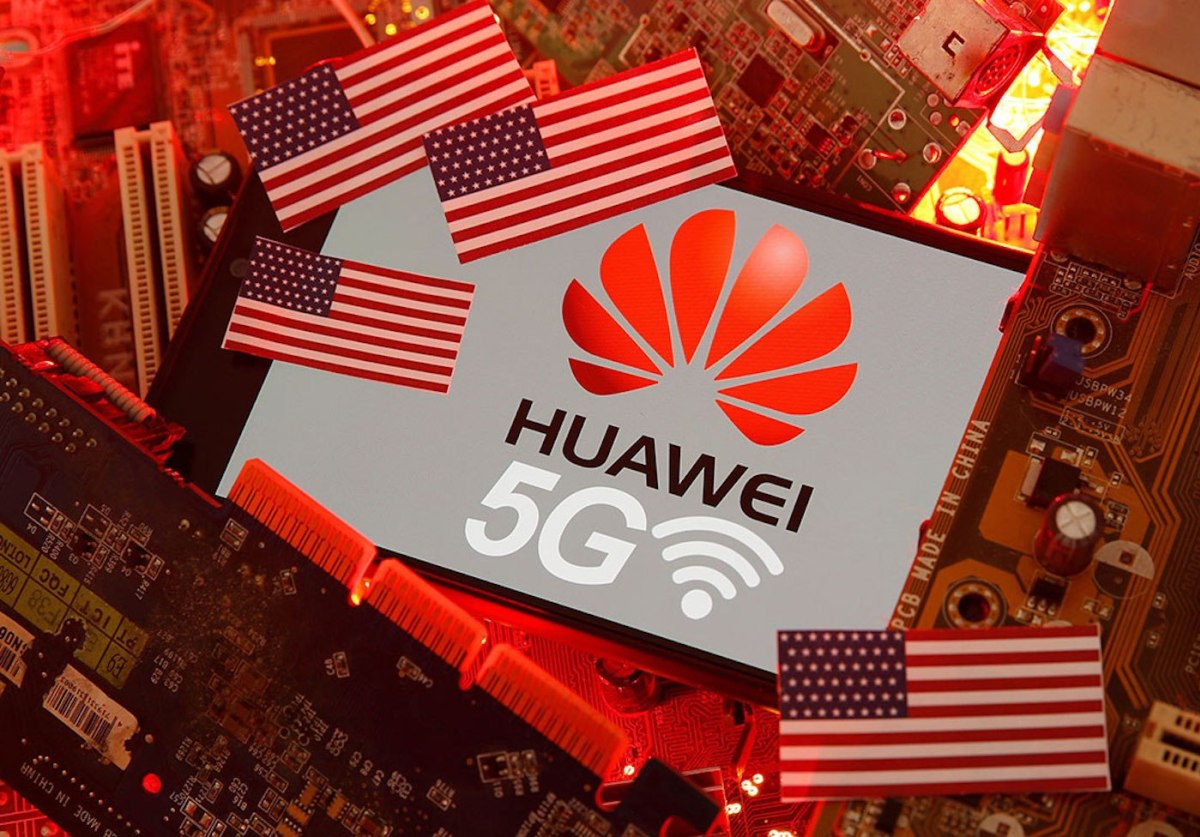
Trump’s war on Huawei is self-defeating: The US has up to now dominated the semiconductor industry; that’s about to change
The US has up to now dominated the semiconductor industry; that’s about to change
(US President Donald Trump continues to target Chinese telecom giant Huawei in a spiraling superpower tech war. Image: Facebook)
When the US administration recently attempted to slam the door on Huawei, China’s leading telecommunication and most technology-loaded company, President Donald Trump and his China advisers broke what had until then been the gold standard in international collaboration – the world’s semiconductor industry.
The US Department of Commerce recently announced that henceforth, any semiconductor chips made with equipment built by American companies cannot be sold to Huawei without prior approval and licensing from the DOC.
This new regulation is unprecedented and in violation of normal sales contracts between the buyer and seller of such equipment. And it is difficult to know if the DOC has any legal ground to stand on.
Depending on the complexity of an integrated circuit, the manufacturing process could easily take a dozen steps or more. Many of the critical steps use high-precision equipment designed and manufactured by American companies. In effect, requiring a license in order to sell to Huawei is to threaten the supply of semiconductors to the Chinese company.
Silicon Valley in the San Francisco Bay Area gave birth to the semiconductor and American companies continue to dominate the manufacturing of equipment needed to fabricate increasingly complex semiconductor devices. There are five major semiconductor manufacturing equipment (SME) companies in the world, and three of them are American.
The business model of the semiconductor industry is to make successive generations of integrated circuits that are faster, smaller, cheaper and more powerful, doubling in performance roughly every 18 to 24 months. To keep this trend going, the fabrication equipment has to become more intricate and more powerful, and therefore more expensive.
Writing off an obsolete fabrication line and investing in the next generation of technology had become a hurdle only highly capitalized multinational companies can scale. Then along came Taiwan Semiconductor Manufacturing Company with a new and unique business proposition.
TSMC revolutionized the business
TSMC announced that it would invest and keep investing in state-of-the-art equipment to make semiconductor chips as a “foundry” service to anyone who wishes to take advantage of such “toll” fabrication.
Thus TSMC irrevocably altered the business model for the industry. No longer having to invest in a “fab” (industry lingo for a production line), companies can concentrate on designing new chips to perform new functions and tasks.
A million dollars for computerized design tools can now launch a startup with an idea to meet a market opportunity, whereas to own a semiconductor fab, the company would have been looking at minimum investment well north of US$1 billion around a decade ago, a figure that could pass $10 billion these days.


















